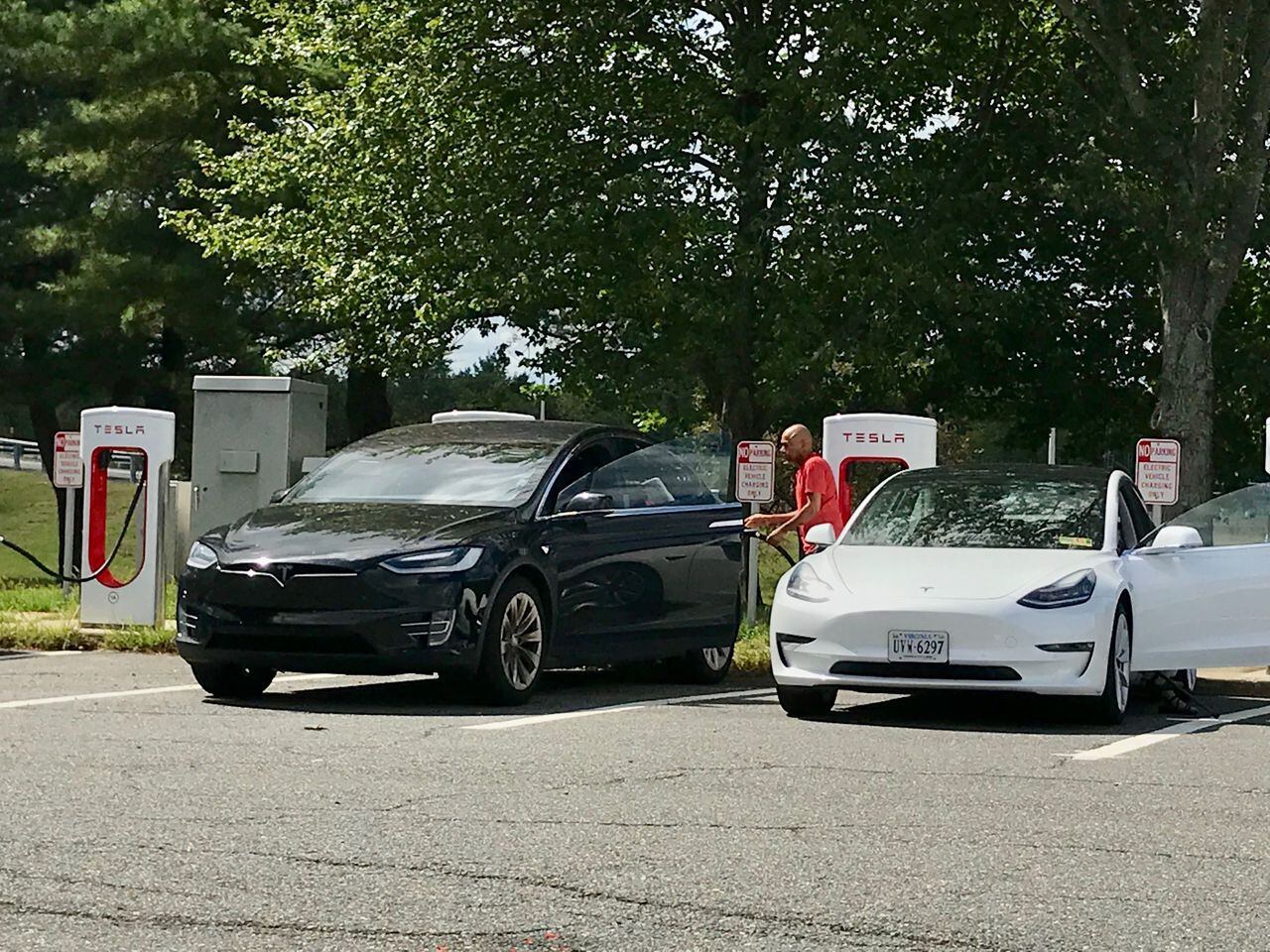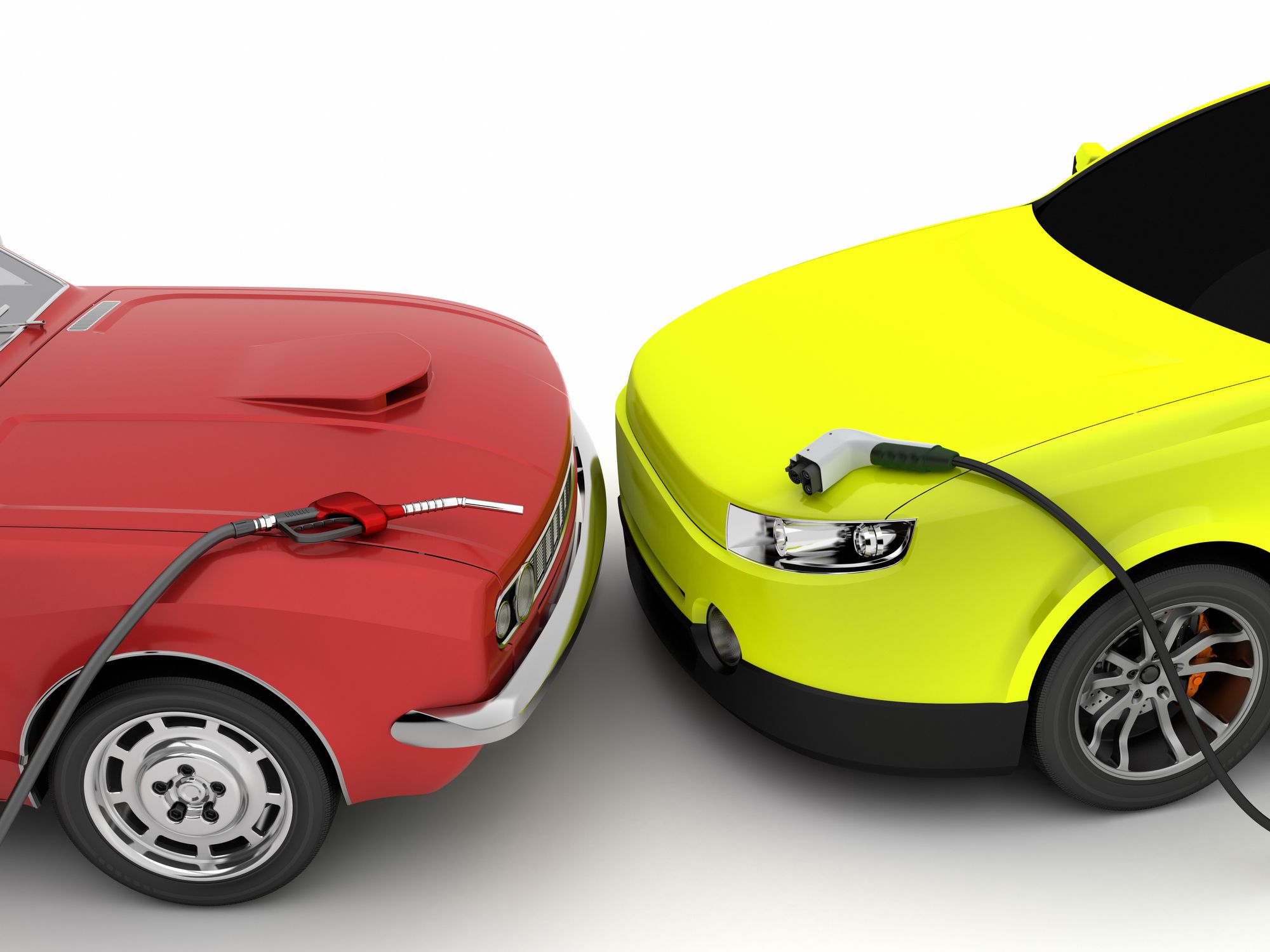In the ever-evolving landscape of the automotive industry, the spotlight is increasingly turning towards electric cars. As the world embraces sustainable solutions, the resale value of electric cars emerges as a pivotal factor influencing consumer decisions. Unveiling the secrets behind the “Resale Value of Electric Cars,” this article delves into the intricacies, factors, and trends shaping this crucial aspect of the electric vehicle (EV) market.
Introduction
The automotive world is undergoing a paradigm shift, with electric cars becoming more than just a trend—they’re a transformative force. As consumers contemplate the switch to electric vehicles, considerations about the long-term investment play a crucial role. Enter the realm of “Resale Value of Electric Cars,” a metric that not only mirrors the market’s confidence in electric vehicles but also provides valuable insights for potential buyers.
Why Resale Value Matters
Understanding the resale value of electric cars is paramount for several reasons. Firstly, it serves as a key indicator of the overall market acceptance and trust in the technology. A higher resale value implies that consumers perceive electric cars as a reliable and valuable investment, bolstering their popularity.
Moreover, resale value directly impacts the total cost of ownership for electric cars. As electric vehicles typically have a higher upfront cost, a strong resale value helps mitigate this initial expense, making them more financially appealing in the long run. The narrative shifts from merely purchasing a vehicle to making a smart, forward-thinking investment.
Factors Influencing Resale Value
To comprehend the dynamics of the resale value of electric cars, it’s crucial to dissect the various factors contributing to this metric.
- Battery Technology Advancements: The heart of any electric vehicle lies in its battery. As technology advances, newer models with improved battery efficiency and longer ranges enter the market, potentially impacting the resale value of earlier models.
- Government Incentives: Government incentives and subsidies for electric vehicles can significantly influence their resale value. Changes in these policies can either boost or dampen the secondary market for electric cars.
- Charging Infrastructure Development: The availability and accessibility of charging infrastructure play a pivotal role in shaping the resale value of electric cars. A robust charging network enhances the practicality of electric vehicles, positively impacting their long-term value.
- Brand Reputation: Established automakers with a strong track record in electric vehicle manufacturing tend to instill more confidence in consumers. The brand’s reputation contributes to the perceived reliability of the electric car, influencing its resale value.
Navigating Trends: Resale Value Of Electric Cars in 2023
As we step into 2023, the resale value of electric cars continues to be a dynamic aspect of the automotive market. Understanding the current trends is pivotal for those considering an electric vehicle purchase.
- Market Acceptance: The growing acceptance of electric vehicles in mainstream markets contributes to a positive trend in their resale value. As more consumers embrace electric cars, the demand for quality used electric vehicles increases.
- Technological Evolution: With ongoing advancements in electric vehicle technology, newer models boast enhanced features, efficiency, and performance. While this benefits buyers of new electric cars, it can impact the resale value of older models.
- Environmental Concerns: The increasing global focus on sustainability and environmental consciousness plays a dual role. On one hand, it boosts the demand for electric vehicles, positively impacting their resale value. On the other hand, it pushes manufacturers to innovate, potentially affecting the value of older models.
- Global Economic Factors: Economic conditions and geopolitical events can sway the resale value of electric cars. Factors such as changes in interest rates, inflation, and trade policies can influence consumer confidence and impact the demand for used electric vehicles.
Read too: Unlock Savings with San Joaquin Electric Car Rebate – A Green Drive Towards Affordability
Tips for Maximizing Resale Value
For those contemplating the purchase of an electric car, certain strategies can be employed to maximize the resale value:
- Stay Informed: Keep abreast of the latest technological advancements and market trends. Being aware of upcoming models and features can help make an informed decision that pays off in the long run.
- Regular Maintenance: Just like traditional vehicles, regular maintenance enhances the longevity and performance of electric cars. Keeping up with scheduled maintenance not only ensures a smooth driving experience but also contributes to a higher resale value.
- Battery Care: The battery is a critical component of electric vehicles. Following best practices for battery care, such as avoiding deep discharges and extreme temperatures, can help maintain its health and, subsequently, the resale value of the electric car.
Conclusion
In conclusion, the “Resale Value of Electric Cars” is a multifaceted aspect that reflects the evolving dynamics of the electric vehicle market. As the automotive industry continues to embrace sustainability and innovation, understanding the factors influencing resale value becomes paramount for both consumers and industry stakeholders. The future is undoubtedly electric, and comprehending the nuances of resale value ensures a smooth ride into this exciting era of automotive transformation.



















